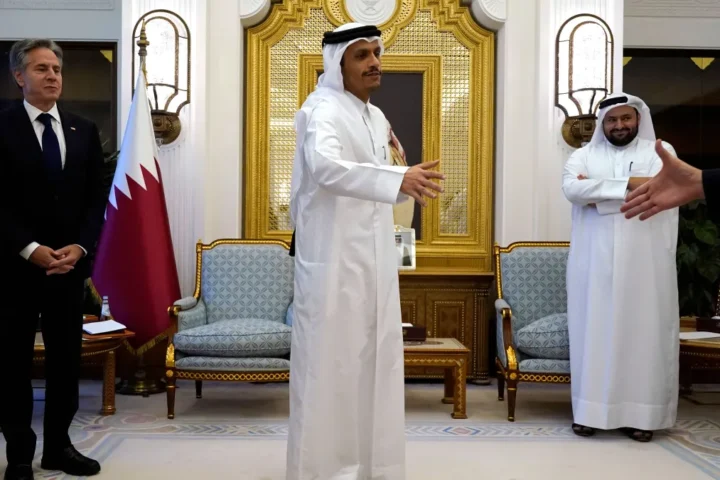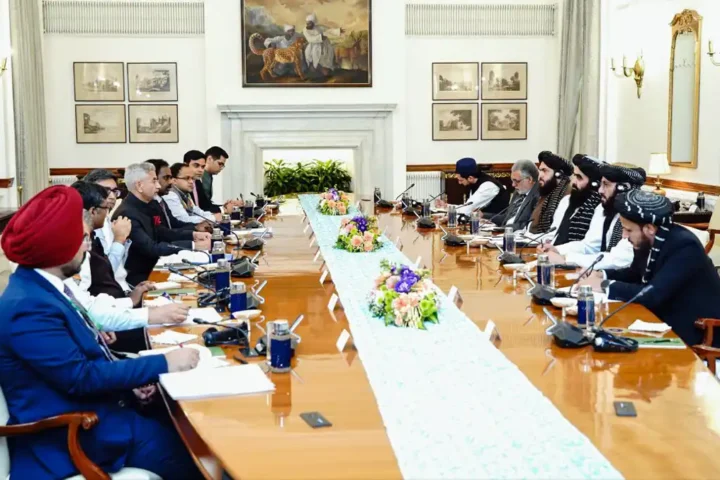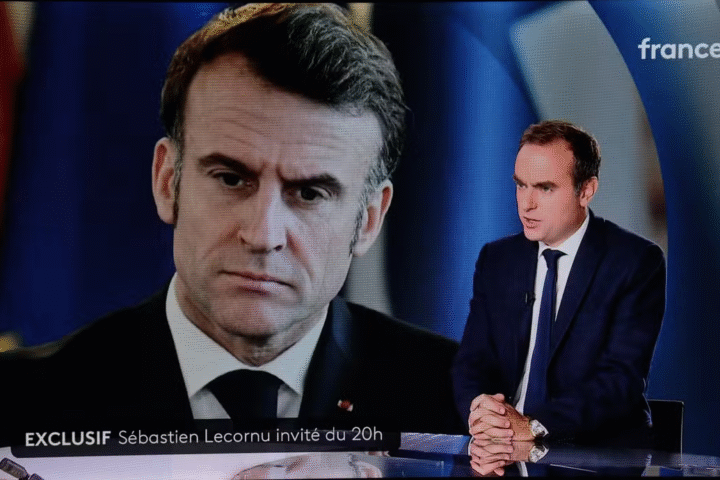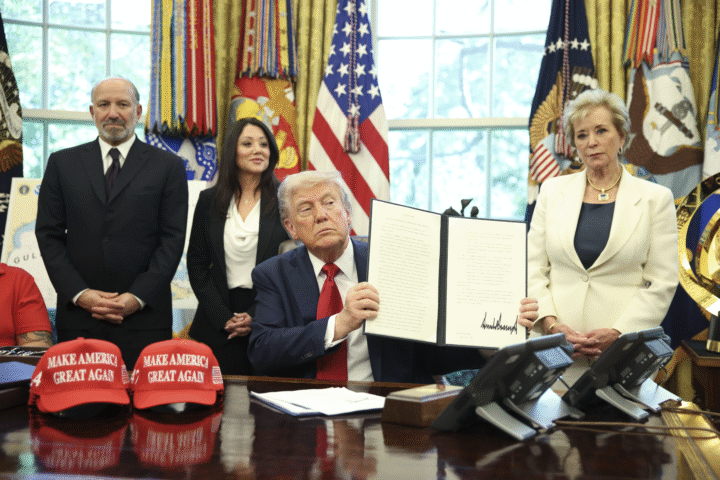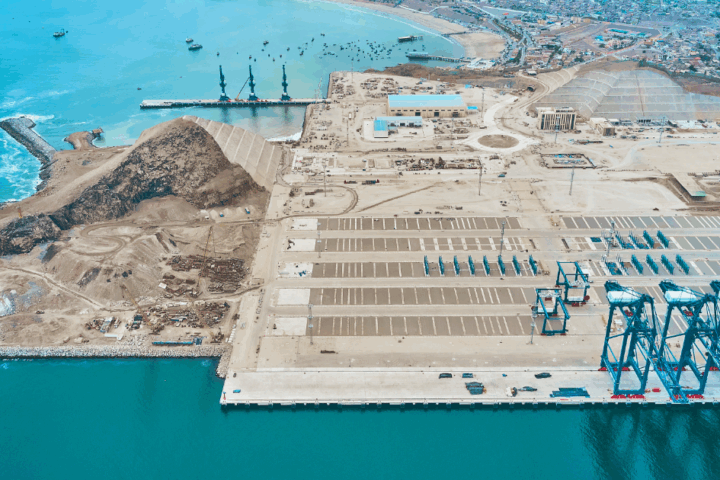The United States has historically positioned itself as the world’s largest foreign aid donor, distributing over $70 billion to 180 countries in fiscal year 2022 alone. Major recipients included Ukraine and Israel, nations strategically tied to U.S. foreign policy interests. While foreign aid serves as a symbol of American generosity and moral leadership, it has increasingly become a point of contention in Washington. The debate—deepened during the second Trump administration—centers on whether aid should primarily reflect humanitarian ideals or serve U.S. strategic interests.
This article explores the philosophical divide underpinning U.S. foreign aid policy, the practical consequences of aid misuse in recipient countries, and the evolving framework that increasingly emphasizes conditional and strategically aligned assistance.
The Realist-Liberal Divide in U.S. Foreign Aid Policy
Realist Perspective: Aid as a Tool of Geopolitical Leverage
Realists view foreign aid through the prism of power and influence. According to this framework, aid must serve U.S. national interests or risk becoming a wasted investment. Former diplomat James Jeffrey has argued that foreign aid seldom achieves its intended geopolitical goals, citing the failure of non-military assistance in shifting dynamics in conflict zones like Syria or curbing Chinese and Russian influence abroad.
This perspective has gained institutional traction, particularly under the Trump administration, which pivoted sharply toward conditional aid. Senator Marco Rubio succinctly summarized this stance: “Our foreign aid has to be a tool that we use to advance the national interest.” Aid that fails to deliver strategic benefits, realists argue, should be reallocated or terminated.
Liberal Perspective: Aid as a Moral Imperative with Strategic Benefits
Liberals contend that the U.S. has a moral responsibility to alleviate suffering and promote development, regardless of direct strategic return. Successful humanitarian programs, such as the President’s Emergency Plan for AIDS Relief (PEPFAR), have saved millions of lives globally. Since its inception, PEPFAR has provided HIV/AIDS treatment to more than 25 million people.
Some policymakers, like former Under Secretary of State David Hale, advocate for a blended perspective, recognizing humanitarian programs as both ethical obligations and strategic tools. Health initiatives like PEPFAR, for example, help prevent disease outbreaks that could affect the U.S. population while also fostering goodwill in recipient nations.
Case Studies: Misuse of U.S. Foreign Aid
While humanitarian intentions underpin many aid programs, real-world implementation often falls short due to corruption, weak institutions, or competing political priorities in recipient countries.
Pakistan: Strategic Aid Misaligned with Ground Realities
Pakistan offers a cautionary tale. Despite being a key partner in counterterrorism efforts, the country has faced persistent allegations of aid misuse. Notably:
- 2016 Haqqani Network Incident: U.S. military aid was allegedly used to facilitate the release of militants from the Haqqani network—a group responsible for attacks on American troops.
- FATF Grey Listing (2018–2022): The Financial Action Task Force flagged Pakistan for enabling militant groups like Lashkar-e-Taiba to access aid through charitable fronts.
- Admission by Nawaz Sharif: In a 2020 interview, the former Prime Minister acknowledged that non-state actors exploited development aid under successive governments.
These incidents highlight the difficulties of using aid to promote security in regions with opaque governance structures and competing domestic agendas.
Syria: Currency Manipulation and Regime Enrichment
In Syria, aid diversion has become an institutionalized practice under the Assad regime. Humanitarian agencies are forced to exchange foreign currency at a government-set rate that significantly undervalues aid dollars—effectively diverting 51 cents of every aid dollar into state coffers. In 2020 alone, tens of millions of dollars were siphoned off, enriching the regime and undermining Western sanctions.
Kenya: Offshore Diversion and Elite Capture
Between 1990 and 2010, approximately $3 billion in aid intended for development projects in Kenya was transferred to offshore bank accounts by political elites. According to research by the World Bank and independent academics, increases in aid disbursement coincided with spikes in overseas deposits, suggesting direct misuse. These revelations led to temporary aid suspensions by key donors, including the United Kingdom and Denmark.
Uganda: Fraud in Refugee Assistance
Uganda has also come under scrutiny for fabricating refugee identities to siphon off aid. Officials created ghost beneficiaries to misappropriate relief funds and resources. In some cases, the fraud was tied to electoral manipulation and local profiteering. This case illustrates the vulnerability of humanitarian aid to systemic corruption, even in relatively stable states.
Strategic Implications for U.S. Policy
The recurring misuse of foreign aid has catalyzed calls for reform. Under the Trump administration, the shift toward a realist framework was accompanied by heightened scrutiny of aid effectiveness and a preference for conditional disbursements. As James Jeffrey emphasized, attempts to “change societies” through aid have often yielded minimal returns. This reevaluation is not merely ideological; it reflects growing evidence that unmonitored aid can entrench corruption, fund hostile actors, or undermine broader U.S. policy goals.
In light of these concerns, Congress and federal agencies have increasingly adopted performance metrics and oversight mechanisms. However, the tension between strategic utility and humanitarian need persists.
Toward a Hybrid Approach
The debate over U.S. foreign aid is no longer binary. As the international landscape grows more complex, policymakers are gravitating toward a hybrid model that balances ethical imperatives with strategic returns. Programs like PEPFAR underscore the transformative power of well-targeted aid, while case studies from Pakistan, Syria, Kenya, and Uganda illustrate the perils of unchecked assistance.
Going forward, the efficacy of U.S. foreign aid will depend on rigorous oversight, recipient accountability, and a clear articulation of both moral and strategic objectives. In an era of geopolitical competition and fiscal constraint, the United States must ensure that its aid not only reflects its values but also advances its interests.
References and Further Reading
- Financial Express. “At IMF meet, India to flag Pak’s misuse of funds for terror networks.” (2025).
https://www.financialexpress.com/india-news/at-imf-meet-india-to-flag-pakistans-misuse-of-funds-for-terror-networks/3837749/ - Times of India. “Nawaz Sharif says media ‘grossly misinterpreted’ his remarks on Mumbai attack.” (2018).
https://timesofindia.indiatimes.com/world/pakistan/nawaz-sharif-says-media-grossly-misinterpreted-his-remarks-on-mumbai-attack/articleshow/64151292.cms\ - CSIS. “How the Assad Regime Systematically Diverts Tens of Millions in Aid.”
https://www.csis.org/analysis/how-assad-regime-systematically-diverts-tens-millions-aid - Middle East Eye. “Syria’s Assad accused of siphoning millions in aid.” (2021).
https://www.middleeasteye.net/news/syria-assad-aid-siphoning-aid-exchange-rate - OCCRP. “Assad Regime ‘Systematically’ Diverting Millions in Aid.”
https://www.occrp.org/en/news/assad-regime-systematically-diverting-millions-in-aid - The Africa Report. “Kenya: Study reveals scale of foreign aid diversion offshore.”
https://www.theafricareport.com/24282/kenya-study-reveals-scale-of-foreign-aid-diversion-offshore/ - World Bank. “Elite Capture of Foreign Aid: Evidence from Offshore Bank Accounts.” (2020).
https://documents1.worldbank.org/curated/en/493201582052636710/pdf/Elite-Capture-of-Foreign-Aid-Evidence-from-Offshore-Bank-Accounts.pdf - The New Humanitarian. “Who paid the price for Uganda’s refugee fraud scandal (and who didn’t)?” (2022).
https://www.thenewhumanitarian.org/investigation/2022/12/07/Uganda-UNHCR-refugee-fraud-corruption - Reuters. “UN audit finds graft and misconduct in its Uganda refugee program.” (2018).
https://www.reuters.com/article/world/un-audit-finds-graft-and-misconduct-in-its-uganda-refugee-program-idUSKCN1NY21Y/ - ReliefWeb. “Misuse of aid funds in Uganda.”
https://reliefweb.int/report/uganda/misuse-aid-funds-uganda - VOA News. “Ugandan Officials Under Investigation for Misusing Refugee Aid.”
https://www.voanews.com/a/ugandan-officials-under-investigation-misusing-refugee-aid/4246251.html - Belfer Center. “U.S. Aid to Pakistan-U.S. Taxpayers Have Funded Pakistani Corruption.” (2009).
https://www.belfercenter.org/publication/us-aid-pakistan-us-taxpayers-have-funded-pakistani-corruption - Business Insider. “Syria Stole $100M of UN Aid by Manipulating Exchange Rates: Report.” (2021).
https://www.businessinsider.com/syria-stole-100m-un-aid-manipulated-currency-value-report-2021-10 - BBC. “Pandora Papers: Uhuru Kenyatta family’s secret assets exposed by leak.” (2021).
https://www.bbc.com/news/world-africa-58775944


